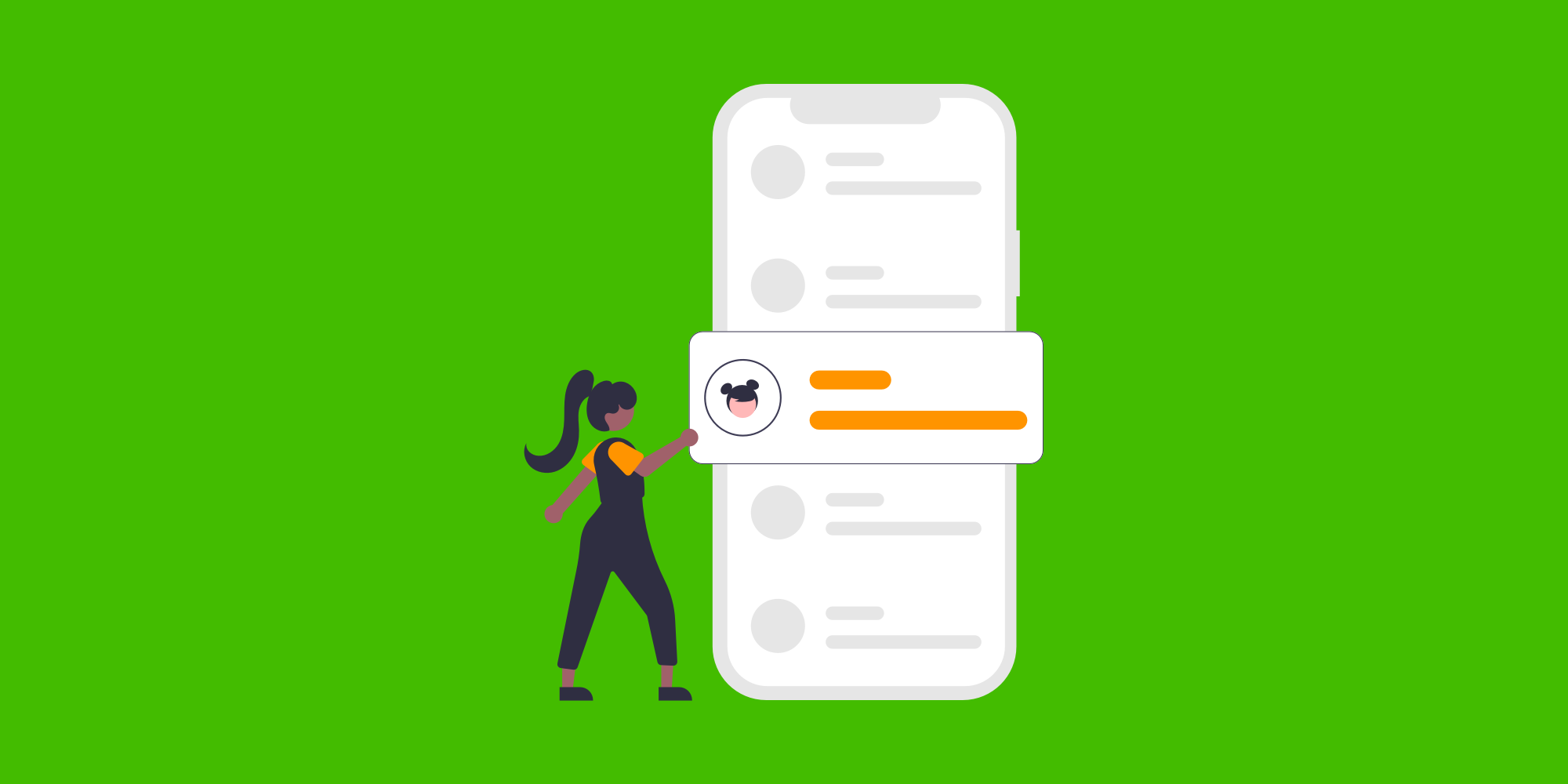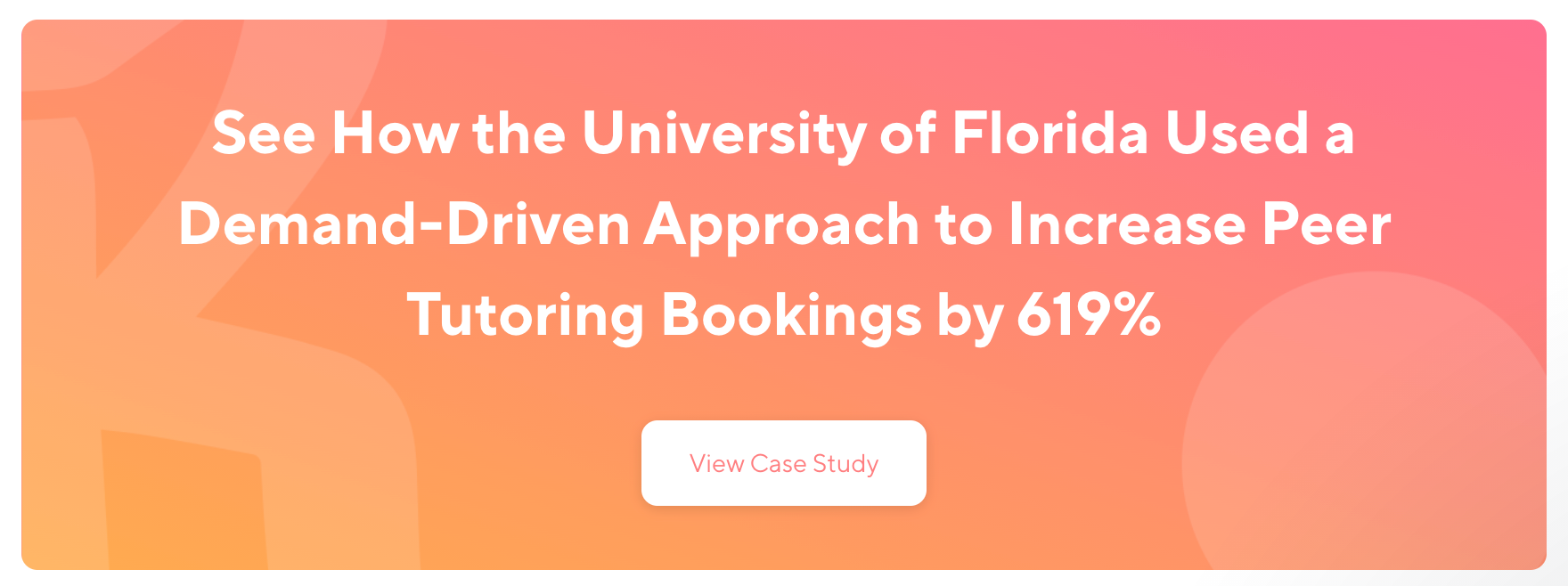
What is the favorite service you use? What about the easiest to use? Many people may think of services like Netflix, UberEats, or mobile banking.
How about things you’ve done for a while that are now so much easier? Collecting ideas, recipes, and inspiration has become incredibly streamlined with Pinterest, for example.
Chances are most of your answers to these questions are services that made tasks easier through technology. As a result, you likely engage in this activity more, find it more useful, and enjoy it more. It may even have now become a greater part of your everyday life. Indeed, “ease of use” can transform someone’s relationship with a service.
“Ease of use” is certainly worth considering when it comes to student services as well. What does “ease of use” mean for students? How can services and programs be made easier to use for students and why does that matter? What can make a program easier for administrators to deliver to students? Ease of use matters here, too.
In addition, ease of use can impact efficiency and effectiveness, two points of continual interest in higher ed programs. Especially in times of limited resources, this is critical. Services that aren’t optimized for use may lag in effectiveness if students aren’t engaged. Read on for thoughts on how improving the “ease of use” of your tutoring services can make a difference on your campus.
Ease of Use Accelerated by Technology
Let’s face it — although higher education professionals are resourceful and creative by virtue of working with limited budgets and small staffs, there is only so far we can go to increase the “ease of use” of student services without technological innovation. Without being able to hire additional staff to streamline services, and without maxing out already overburdened current staff, options are few and far between. This is where programs may plateau or stagnate, unable to keep pace with evolving student needs and lagging behind more innovative offerings.
Technology, however, can dramatically accelerate your efforts to improve the ease of use of your program. In addition, instead of outsourcing assistance and feeling out of touch with the day-to-day operations of your student services, technology that is built specifically for tutoring can allow you to become resourced, not outsourced.
This means you’re able to streamline all of the cumbersome pieces your work with technology, while still having direct access to all information and activity. This includes scheduling, tutor and student matching, tutor training, data collection, marketing, and more.
Using technology to increase the accessibility of peer tutoring also gives you a new story to tell for marketing and outreach to increase student engagement with help services. This change might spark interest and create campus buy-in from departments that could be great allies in your mission of academic success. Even better, it may get the attention of students with a fresh take on student support services that make use of the technology they already use every single day.
Ease of Use for Students
“The only message that counts is the one the receiver gets” is an old but timeless adage, and it applies here. What is the student perspective on the ease of use of your current program? Is it curated for the Generation Z population? Let’s check out what ease of use often means to them.
As the iGeneration, today’s students define ease of use as the ability to make appointments online and communicate directly with service providers with questions. In fact, by now, many of us find this option greatly improves our use of any given service.
In addition, all-in-one platforms increase ease of use and overall appeal. For example, the freedom to choose an interface allows for the flexibility Generation Z enjoys, but we know that video conferencing is only one part of remote tutoring. Indeed, a platform built for tutoring includes the ability for screen share, video conferencing, and an interactive whiteboard as part of an online classroom. The latter dramatically increases ease of use for both tutor and student since it mimics in-person sessions.
Lastly, a student’s perspective about ease of use may be determined by whether or not they feel like the program is flexible and gives them options. Letting students choose their own tutors speaks to both of these. If tutor-student pairs can meet online and during times that work for them, ease of use goes up since it’s not constrained by traditional tutoring center hours. As students decide how, when, and where they work together, a service becomes easier to use. For example, perhaps a tutor and student message first to figure out a plan going forward or they have a consultation before they start working together. These options offer the flexibility and choice students crave.
Ease of Use for Program Staff
The use of the right technology means an increased ease of use for program managers too. With more tedious details streamlined, you can turn your attention to additional strategies to improve your services.
For example, technology can allow you to capture demand for students who don’t find help in the classes they are looking for, which can enable your services to better meet student needs in the future. With the right technology built for tutoring that includes features like an admin dashboard and online classroom, you can pivot between online and in-person services or transition between semesters with agility, ease, and little disruption to tutor employment or student support.
This ease of use from an administrator perspective also brings peace of mind, knowing that you’ve chosen technology designed for tutoring that can fulfill your needs. For example, with an online session space created to mimic in-person sessions, you can have more confidence moving from online to in-person learning as needed. Other features like student scheduling taking place in the platform frees up admin time to focus on other program needs and goals. Items like scheduling don’t require technology, but having it certainly streamlines the process. In addition, the pieces of the process that are an administrative lift for you to carry out can actually be empowering for students to be able to do on their own, which illuminates another reason to review the “ease of use” of your current services.
Viewing your program through an “ease of use” lens can help identify where your efforts can become more streamlined and efficient. Access can be increased and barriers can be removed, especially when technology plays a role in making all of this happen.
Related Posts
Why Letting Students Choose Where They Get Tutored Works
In thinking about removing constraints in tutoring services, we would be remiss not to explore why letting students decide the location of tutoring...
Online or In-Person? With the Right Technology, it Shouldn’t Make a Difference
COVID-19 ushered in a new reality for higher education. What were once defined pathways such as online degree programs, distance learning, hybrid...
Why Letting Students Choose When They Meet for Tutoring Works
A timeless trait of college students that persists decade after decade is that they are not 9-5 creatures. Students are often portrayed as night owls...